Figures & data
Figure 1 Resistivity of β'-(BEDT-TTF)2ICl2 as a function of temperature for various pressures. (Reproduced with permission from [Citation9]. Copyright 2003 The Physical Society of Japan.)
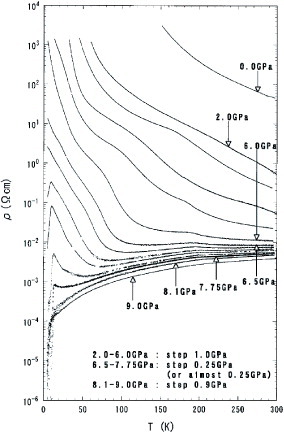
Figure 2 T–P phase diagram of β'-(BEDT-TTF)2ICl2 containing metallic (M), insulating (I), superconducting (S) and antiferromagnetic insulating (AFI) phases. The superconductivity with the highest Tc is situated just in the vicinity of the M–I boundary. (Reproduced with permission from [Citation9]. Copyright 2003 The Physical Society of Japan.)
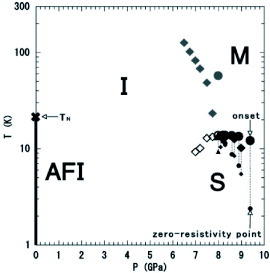
Figure 3 Central part of a cubic anvil pressure cell. A sample with four wires is encapsulated in a Teflon cell with a pressure medium. The Teflon cell is surrounded with a pyrophyllite gasket, which is evenly compressed from six directions using six tungsten-carbide or sintered-diamond anvils. (Courtesy of Dr M Hedo.)
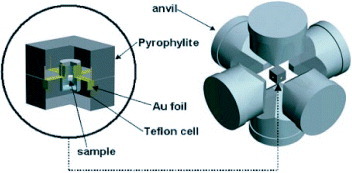
Figure 4 Pressure dependence of the superconducting transition in NbSe3. A broad superconducting transition is observed at 2.6 GPa. The transition width sharpens with increasing pressure revealing high pressure homogeneity. (Reproduced with permission from [Citation14]. Copyright 2005 The Physical Society of Japan.)
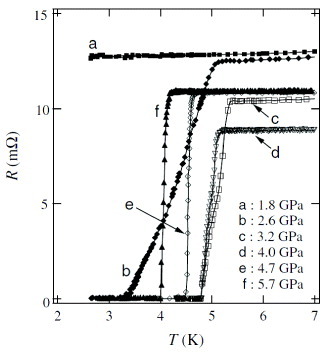
Figure 5 (a) Structure of TTM-TTP donor molecule. (b) Calculated tight-binding band structure (left) and Fermi surface (right) of (TTM-TTP)I3. (Reproduced with permission from [Citation18]. Copyright 2006 The Physical Society of Japan.)
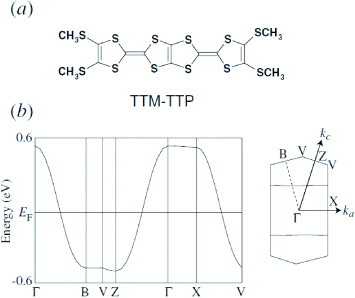
Figure 6 Temperature dependence of the resistivity of (TTM-TTP)I3 under pressures up to 8 GPa. (Reproduced with permission from [Citation18]. Copyright 2006 The Physical Society of Japan.)
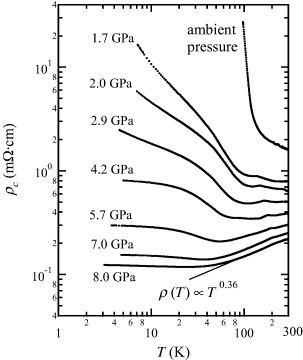
Figure 7 T–P phase diagram of (TTM-TTP)I3. TMI is defined as the kink in the ρ(T) curve. (Reproduced with permission from [Citation18]. Copyright 2006 The Physical Society of Japan.)
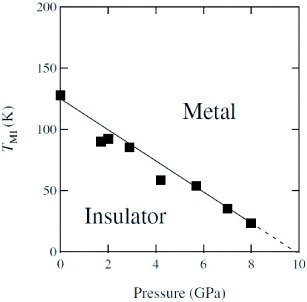
Figure 8 Geometry of an anisotropic triangular lattice with the transfer integrals t||≫t⊥1, t⊥2 discussed by Tsuchiizu et al [Citation49].

Figure 9 (a) Structure of MeDH-TTP donor molecule. (b) Calculated tight-binding band structure (left) and Fermi surface (right) of (MeDH-TTP)2AsF6. (Reproduced with permission from [Citation21]. Copyright 2006 The Physical Society of Japan.)
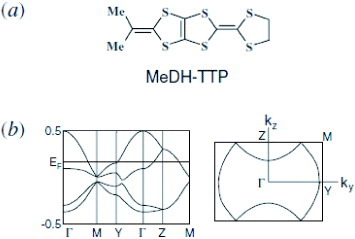
Figure 10 Temperature dependence of the in-plane resistivity of (MeDH-TTP)2AsF6 under pressure. (Reproduced with permission from [Citation21]. Copyright 2006 The Physical Society of Japan.)

Figure 11 The quadratic temperature coefficient A (▪) and residual resistivity ρ0 (▴) as a function of pressure. (Reproduced with permission from [Citation21]. Copyright 2006 The Physical Society of Japan.)
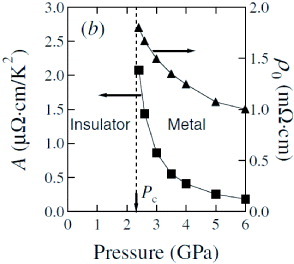
Figure 12 T–P phase diagram of (MeDH-TTP)2AsF6. Both TMI and Tcoh approach zero as P→Pc. (Reproduced with permission from [Citation21]. Copyright 2006 The Physical Society of Japan.)
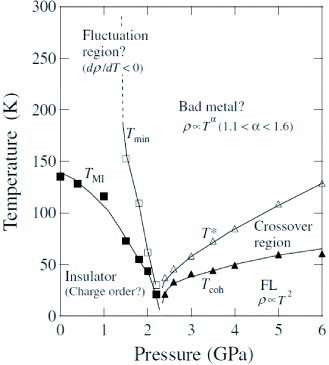
Figure 13 Structure of TTF and TCNQ molecules and the crystal structure of TTF-TCNQ. (Reproduced with permission from [Citation24]. Copyright 2007 The Physical Society of Japan.)
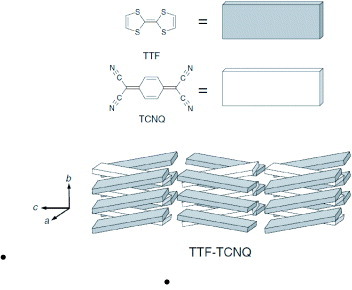
Figure 14 Temperature dependence of the resistivity of TTF-TCNQ under pressure. (Reproduced with permission from [Citation24]. Copyright 2007 The Physical Society of Japan.)

Figure 15 T–P phase diagram of TTF-TCNQ. The complete suppression of the CDW (charge-density-wave) phase is expected near 9 GPa. (Reproduced with permission from [Citation24]. Copyright 2007 The Physical Society of Japan.)
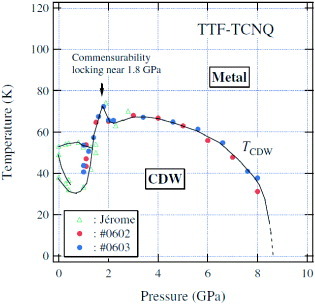
Figure 16 Temperature dependence of the resistivity of (TMTTF)2AsF6 under pressures up to 10 GPa. (Reproduced with permission from [Citation25]. Copyright 2007 The Physical Society of Japan.)
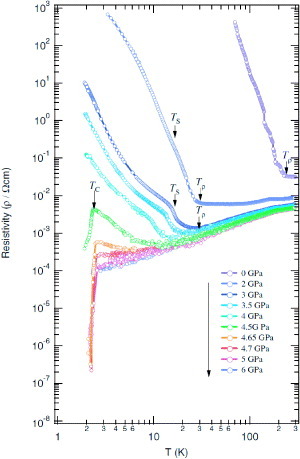
Figure 17 T–P phase diagram of (TMTTF)2AsF6. The arrows at the upper axis indicate locations of compounds (at ambient pressure) in the generic phase diagram: (a) (TMTTF)2PF6, (b) (TMTTF)2Br, (c) (TMTSF)2PF6, (d) (TMTSF)2ClO4. TLL, Mott I, CO, AF, SP, SDW, non-Fermi liquid and SC refer to Tomonaga–Luttinger liquid, Mott insulator, charge order, antiferromagnetic state, spin-Peierls, spin-density-wave and superconducting state, respectively. (Reproduced with permission from [Citation25]. Copyright 2007 The Physical Society of Japan.)
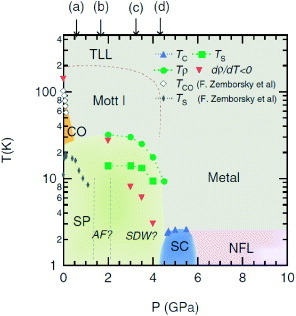
Figure 18 Temperature dependence of the resistivity of (TMTTF)2SbF6 under pressures up to 10 GPa. (Reproduced with permission from [Citation26]. Copyright 2008 The Physical Society of Japan.)
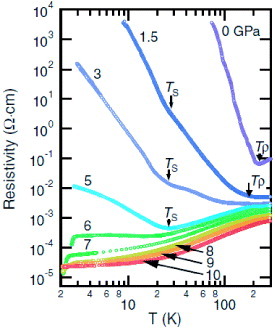
Figure 19 Expanded plots for high-pressure region between 5.4 and 9.0 GPa of (TMTTF)2SbF6. (Reproduced with permission from [Citation26]. Copyright 2008 The Physical Society of Japan.)

Figure 20 T–P phase diagram of (TMTTF)2SbF6. CO, AF, SP, SDW, and SC refer to charge order, antiferromagnetic state, spin-Peierls, spin-density-wave, and superconducting states, respectively. (Reproduced with permission from [Citation26]. Copyright 2008 The Physical Society of Japan.)
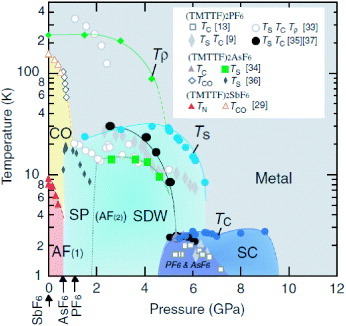
Figure 21 Temperature dependence of the resistivity in κ-(BEDT-TTF)4Hg2.89Br8 under various pressures. (a) In-plane resistivity and (b) its expansions at low temperatures. All data are normalized to ρ||(200 K, 0.48 GPa). (c) Out-of-plane resistivity and (d) its expansions at low temperatures. (Reproduced with permission from [Citation28]. Copyright 2007 The Physical Society of Japan.)
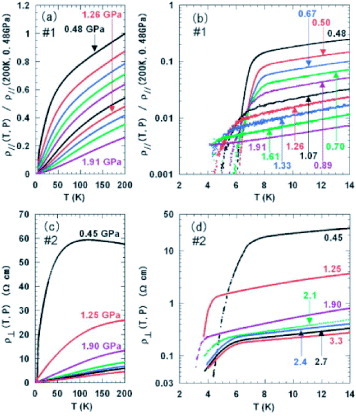
Figure 22 (a) Pressure dependence of Tc (onset) in κ-(BEDT-TTF)4Hg2.89Br8. (b) Pressure dependence of the power law exponent n in κ-(BEDT-TTF)4Hg2.89Br8, which is given by ρ||(T)=ρ0||+ATn. (c) Pressure dependence of ρ0||(P)/ρ0||(1.9 GPa) in κ-(BEDT-TTF)4Hg2.89Br8. (d) Temperature dependence of the in-plane resistivity at low pressures of 0.48 and 1.91 GPa. (e) ρ0||(T, 1.9 GPa) measured with the cubic anvil apparatus. (Reproduced with permission from [Citation28]. Copyright 2007 The Physical Society of Japan.)
